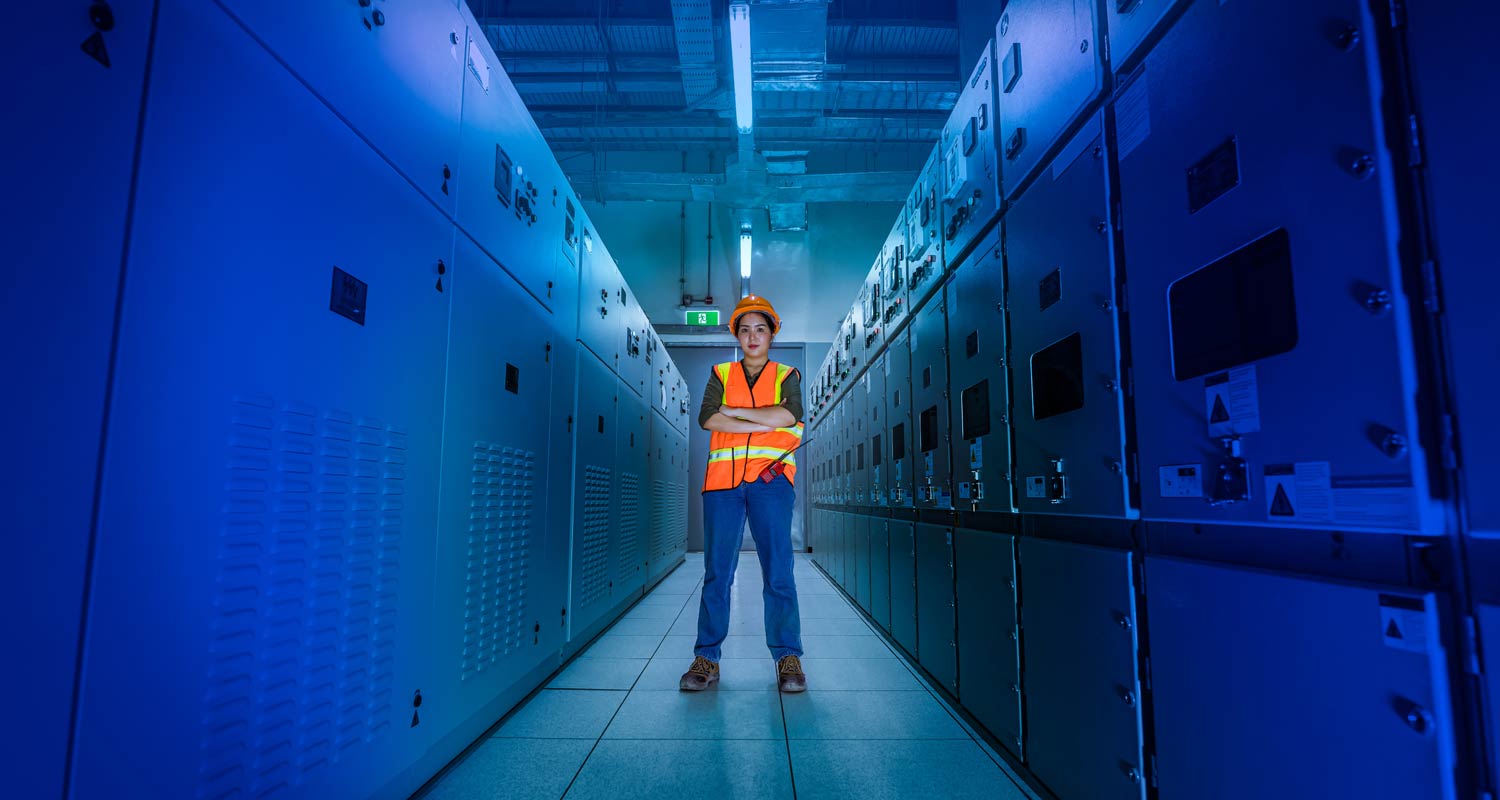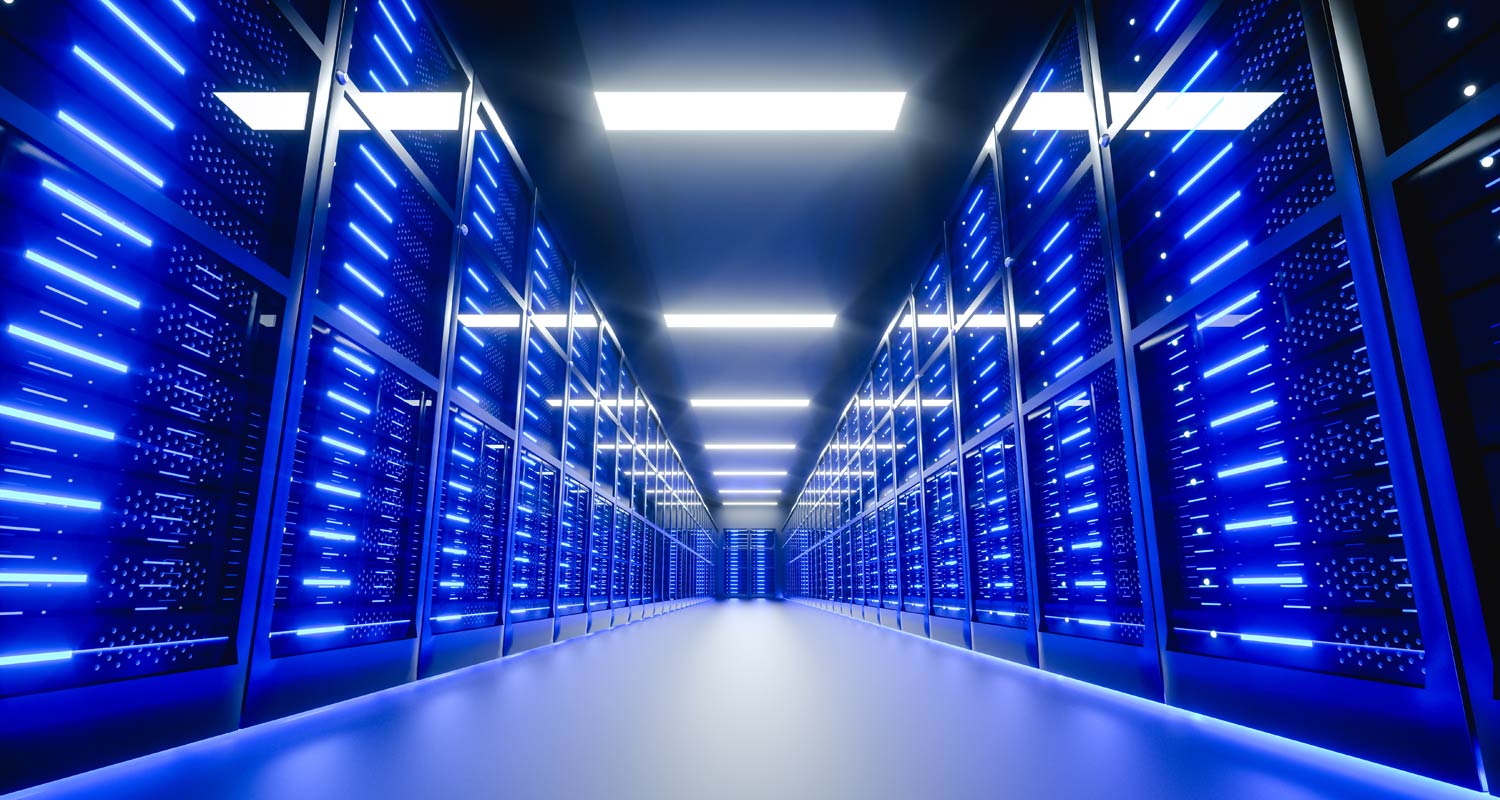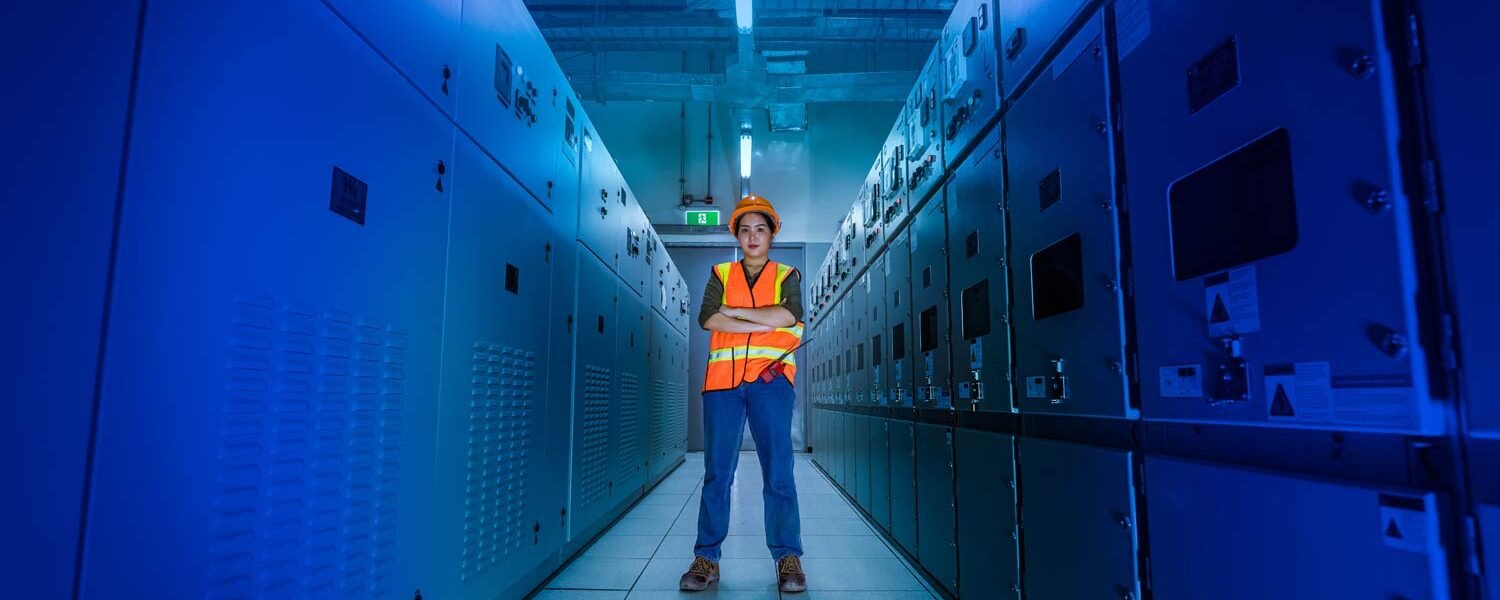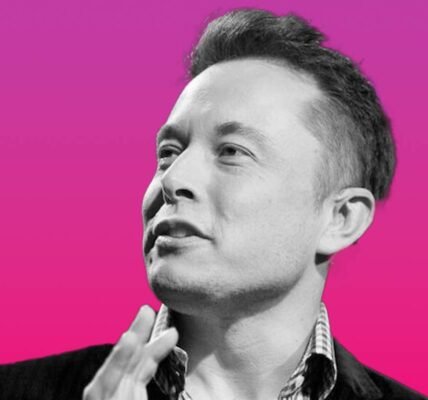 South African data centre operators are increasingly turning to renewable energy solutions to diversify their energy sources as they battle to secure the power they need for their operations.
South African data centre operators are increasingly turning to renewable energy solutions to diversify their energy sources as they battle to secure the power they need for their operations.
“The general impact of load shedding on data centres is to increase the reliance on using diesel, which increases costs because diesel is more expensive than grid electricity,” Angus Hay, regional executive for South Africa at Africa Data Centres (ADC), told TechCentral.
But Hay has dispelled several misconceptions about data centres and their energy requirements, starting with the idea that these facilities are reliant on grid-supplied electricity to maintain their operations.
To the contrary, larger data centres are built to be self-sustaining by design, he said. “We can run full-time on our concurrently maintainable diesel generators, although we would not prefer to.”
To avoid using costly diesel, however, ADC has signed agreements with municipalities that remove their facilities from the standard load shedding schedules in lieu of a load curtailment strategy. Load curtailment – the practice of reducing electricity consumption during peak demand periods – is used extensively by industry and governed by energy regulator Nersa’s quality of electricity supply codes of practice.
A second misconception about data centres is that they get special treatment when it comes to load shedding, and remain grid-connected during power cuts. South Africa’s first data centres were built prior to the beginning of load shedding in 2007, and they were not perceived to be as critical to the economy then as they have come to be. Although there is a general consensus today that they are critically important to the economy, this is not a view that is officially held by government. However, the industry is hoping to change this.
Lobbying
According to Hay, data centre stakeholders, through the Digital Council Africa, are lobbying government for the critical facilities status enjoyed by some hospitals, airports, fuel-supply systems and waste storage facilities.
“Data centres are listed as important, but they aren’t regarded as absolutely critical,” he said. “There is a data centre working group within the Digital Council Africa that has been looking at the industry as a whole and how it can be positioned differently.”
On the practical side of things, investments in renewable energy supply – including rooftop solar – have helped offset around 5% of the grid power data centres use during the day. But solar has little impact on nighttime consumption because the cost of sufficient storage capacity in the form of batteries is not economically feasible – they are just too expensive.
Read: Data centres are straining electricity grids worldwide
But renewables do make an impact if they are employed at sufficient scale. To that end, data centre companies in South Africa have invested in projects that are located where such scale is achievable and signed wheeling agreements to secure the transmission of that power directly to their facilities.
“We have signed a power purchase agreement with Distributed Power Africa. They are an independent power producer that has bought a farm in the Free State and they are putting solar cells all over it. We are going to buy that power and wheel it across the grid, and that will cover about 30-40% of our power needs,” said Hay.
 Teraco, South Africa’s largest data centre operator and a competitor to ADC, has committed R3.5-billion to building 200MW of utility-scale solar by 2035. A hundred megawatts of this has already been registered with Nersa and wheeling agreements secured with the City of Ekurhuleni and the City of Cape Town have been concluded.
Teraco, South Africa’s largest data centre operator and a competitor to ADC, has committed R3.5-billion to building 200MW of utility-scale solar by 2035. A hundred megawatts of this has already been registered with Nersa and wheeling agreements secured with the City of Ekurhuleni and the City of Cape Town have been concluded.
Other data centre operators, such as Vantage Data Centers, have concluded similar wheeling agreements with solar farms as far away as the remote Northern Cape.
By diversifying their energy sources, data centre operators are improving the resilience of their facilities while decreasing their reliance on the power produced at state-owned power stations.
However, according to Hay, additional generation capacity is best supplemented by focusing on the more efficient use of energy. Data centres use “power usage effectiveness” (PUE), a ratio of the total energy entering a data centre and the energy used by the IT equipment in the facility, to measure how efficiently they are using power. The aim is to get this number as close to one as possible.
Teraco has made investments in dynamic cooling systems, heat extraction technology and energy recycling to better manage their energy usage. “We use the waste heat from our transformers to warm up our generator engine blocks, thus reducing/eliminating power used by the engine block heaters,” the company said in its sustainability report.
ADC, on the other hand, has implemented an internet of things-based “digital twin” solution that employs a virtual copy of its facilities to run simulations to find configurations of server equipment that use the least power. This tool has helped ADC get to a PUE of 1.3 in one of its facilities, said Hay. He added that the additional compute required by AI workloads is not a cause for concern when it comes to power consumption.
“The reality is that data centres do run at about the same amount of energy that they use continuously, but they are not always at capacity, so there’s usually enough space to accommodate more,” said Hay. – © 2024 NewsCentral Media




